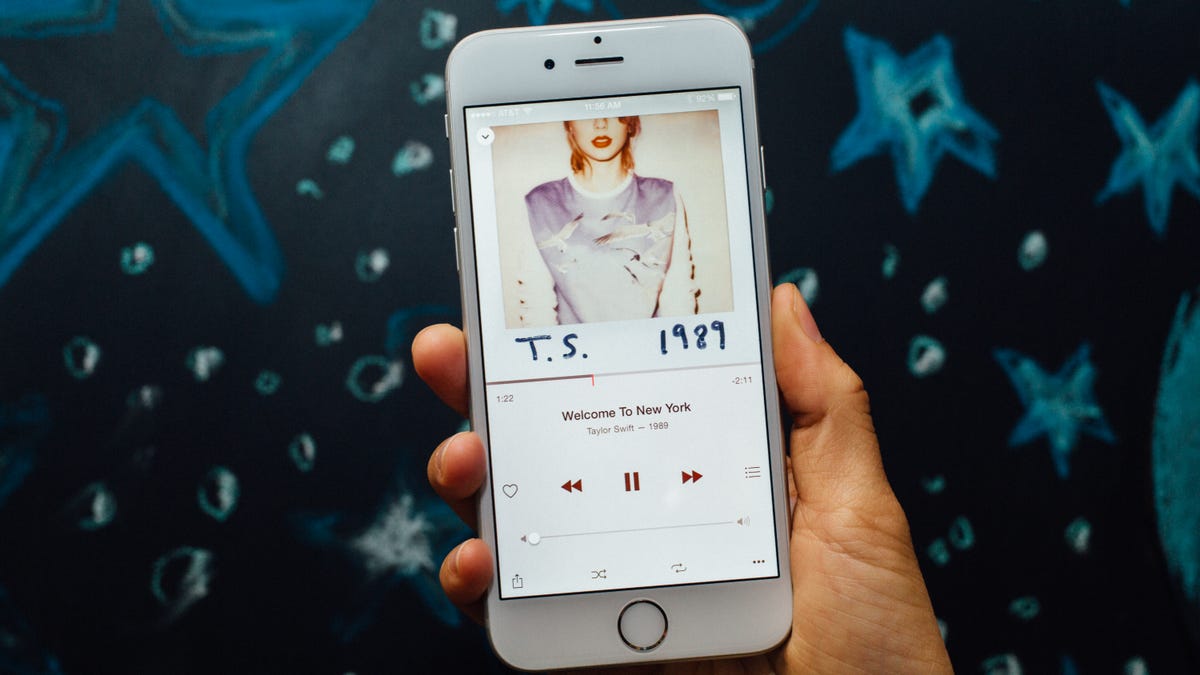
James Martin/CNET
If you’re still waiting to pull the trigger on either an Apple Music or Spotify streaming subscription, will any difference in sound quality help you make a decision?
Apple Music officially launched this week on iOS devices for $9.99 (£9.99/AU$11.99) a month, and it comes into a marketplace that is already crowded with streaming options. Spotify, the most popular, is Apple Music’s No. 1 competitor.
CNET has been putting Apple’s service through its paces regarding everything from usability to the size of the catalog , and of course we wanted to test its sound quality. Is one service better than the other?
Related stories
- Apple Music: The CNET review
- Why Apple Music’s most playful feature may be its most crucial one
- Apple Music vs Spotify: What’s the difference?
- Why Spotify should ditch its free music option
We decided not to include competitors like Pandora in this comparison because these
are preset to some degree, and the listener can only occasionally skip songs, whereas Apple Music and Spotify are on-demand music services allowing playback from an a la carte library, and are more likely to replace people’s record collections. For some sessions we turned to Tidal as a lossless reference, but further comparisons with the likes of Google Music, Amazon Music, Rdio, Rhapsody and other services are beyond the scope of this test.
Bit rate and encoding formats
As with all digital media, these two music services use file compression to maximize bandwidth — so you can stream and download music even over speed-challenged online connections, ideally without gaps or interruptions.
The two services use different encoding formats and a different bit rate. Apple Music is streamed at 256Kbps in AAC (Advanced Audio Coding) format, while Spotify offers the Ogg Vorbis format at 320Kbps. Right off the bat, the higher number might make Spotify look better, but in reality the two compression formats aren’t directly comparable by bit rate alone.
Suffice it to say, both formats have their own fans, and both are preferred by most enthusiasts over MP3. So, from a technical perspective, both Apple Music and Spotify are starting from a strong — albeit not identical — baseline.
The setup
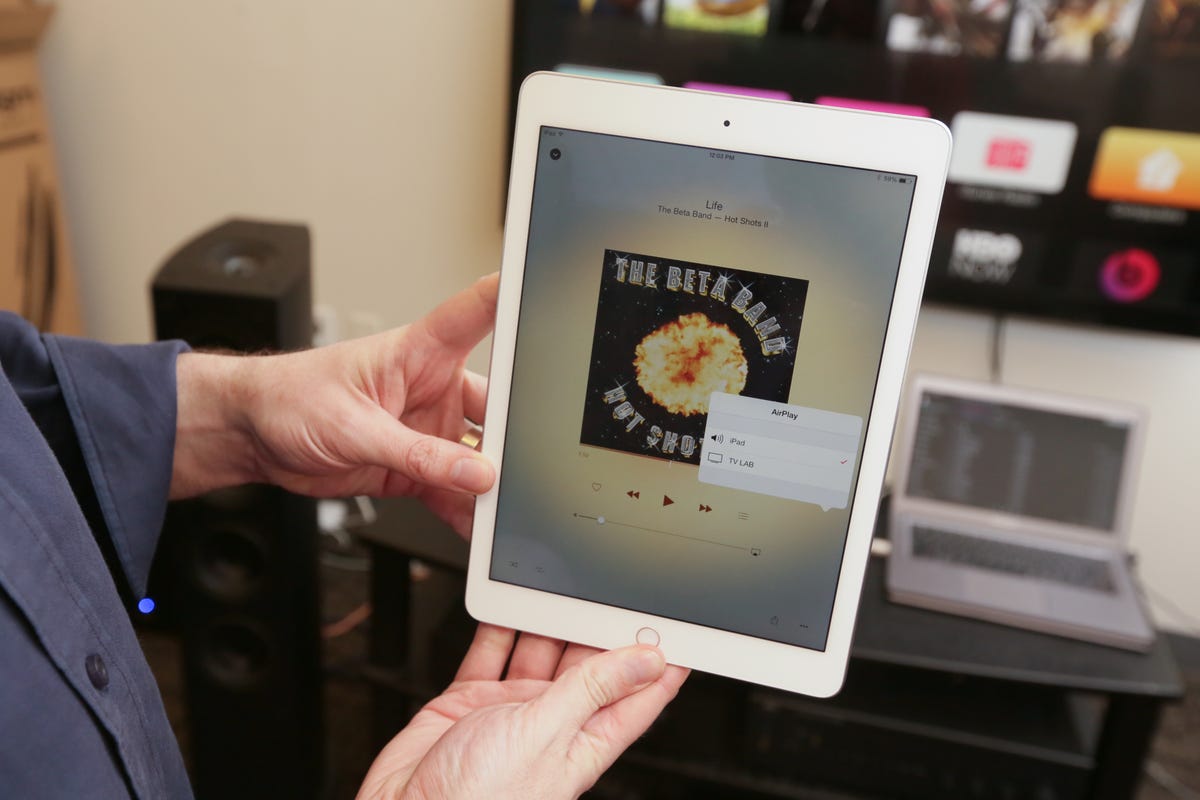

Sarah Tew/CNET
As we found when we compared Spotify to lossless-audio newcomer Tidal, listening tests can be tricky, especially with older material. If you’re listening to an older (predigital) recording, the version your individual streaming service uses could be one of dozens of different versions floating around. For example, in one of our earlier tests the version of Miles Davis’ “Kind of Blue” on Spotify actually sounded better than the one offered by Tidal, even though Tidal’s lossless compression should sound better. New releases are easier to compare because record companies tend to supply the same version to everyone: iTunes, CD-mastering and digital-streaming services.
For this test, we wanted a mix of commonly used Apple devices and relatively high-end listening equipment. To that end, we used both the Apple Music and Spotify apps running on an iPad Air 2, connected over Wi-Fi to an Apple TV box (which, in turn, was using a wired Ethernet connection to our router). In both cases, music was streamed from the iPad to the Apple TV using Apple’s AirPlay wireless protocol.
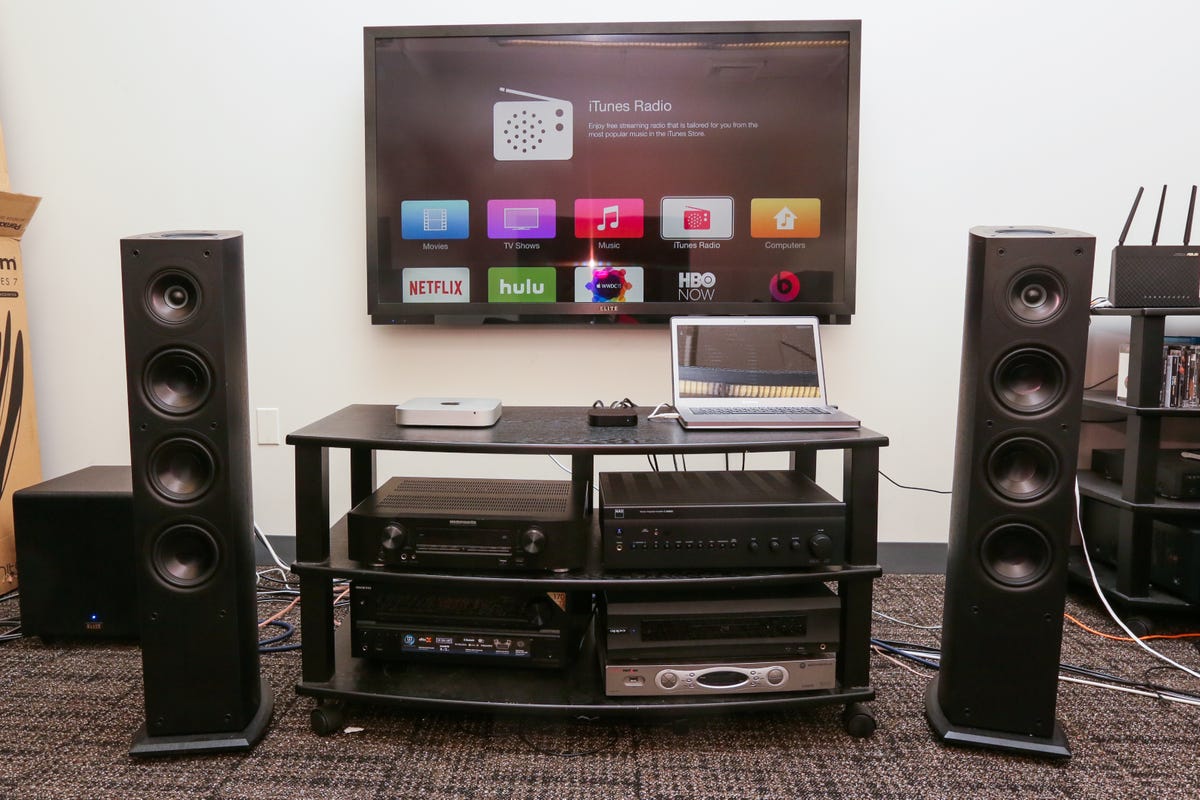

Sarah Tew/CNET
We connected the Apple TV
box to an Oppo BDP-105 Blu-ray player via an optical cable to take advantage of the Oppo’s excellent DAC (digital-to-analog converter). Finally, we fed the resulting analog signal from the Oppo to an NAD C 358BEE amplifier with Pioneer SP-EBF73 floorstanding speakers.
We weren’t able to get the Tidal iOS app to output over AirPlay, so we used a PC running the Tidal desktop client over USB to the same Oppo DAC when we wanted a reference to compare Spotify and Apple against.
The tests


Screenshot: Ty Pendlebury/CNET
Recently, we were lucky enough to hear the master tapes of the classic Dave Brubeck jazz track “Take Five” at a Sony event, and one of the things that surprised us about this 60-year-old recording was how bright and clear it sounded — particularly in terms of how loud the percussion was. With this demo still fresh in our minds, we compared the versions available on both Spotify and Apple Music with each other.
Overall we found them to be quite similar, but the Spotify version had the forward character we’d heard in the mastering studio. There was a greater sense of space around the saxophone while it was also easier to hear the player’s articulations. The Apple Music version sounded a little distant and less vibrant in comparison.
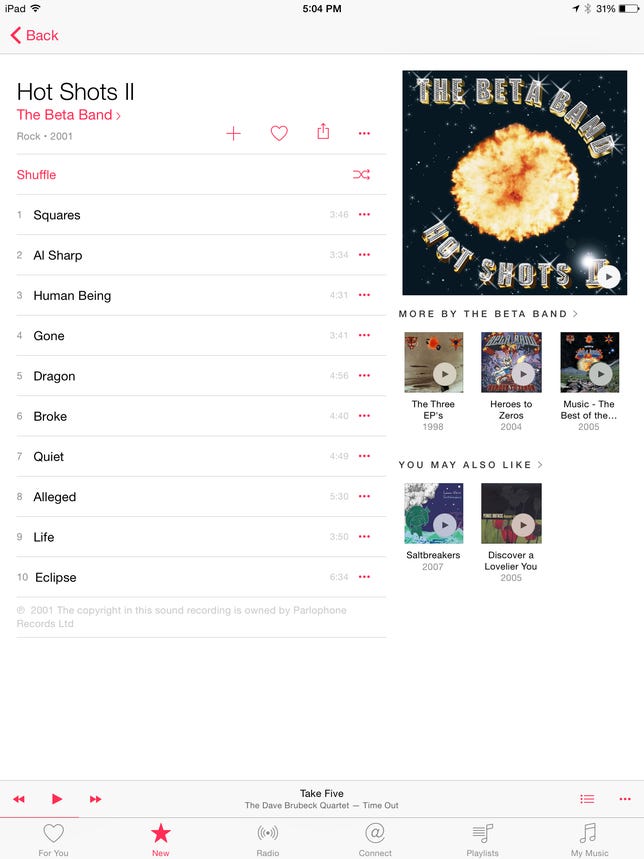

Screenshot by Ty Pendlebury/CNET
From jazz, we went to Madchester-inspired indie rock with The Beta Band’s “Life.” The descending bass line toward the end of the song is a test for most systems, and hence we use it a lot, but it seems it’s also a test for streaming services. The deep, deep bass travels a whole octave, and the sound was smoother on Spotify and more consistent across notes than on its competitor. In comparison, the version on Apple Music made the first two and the last notes of the phrase jut out like broken fence palings.
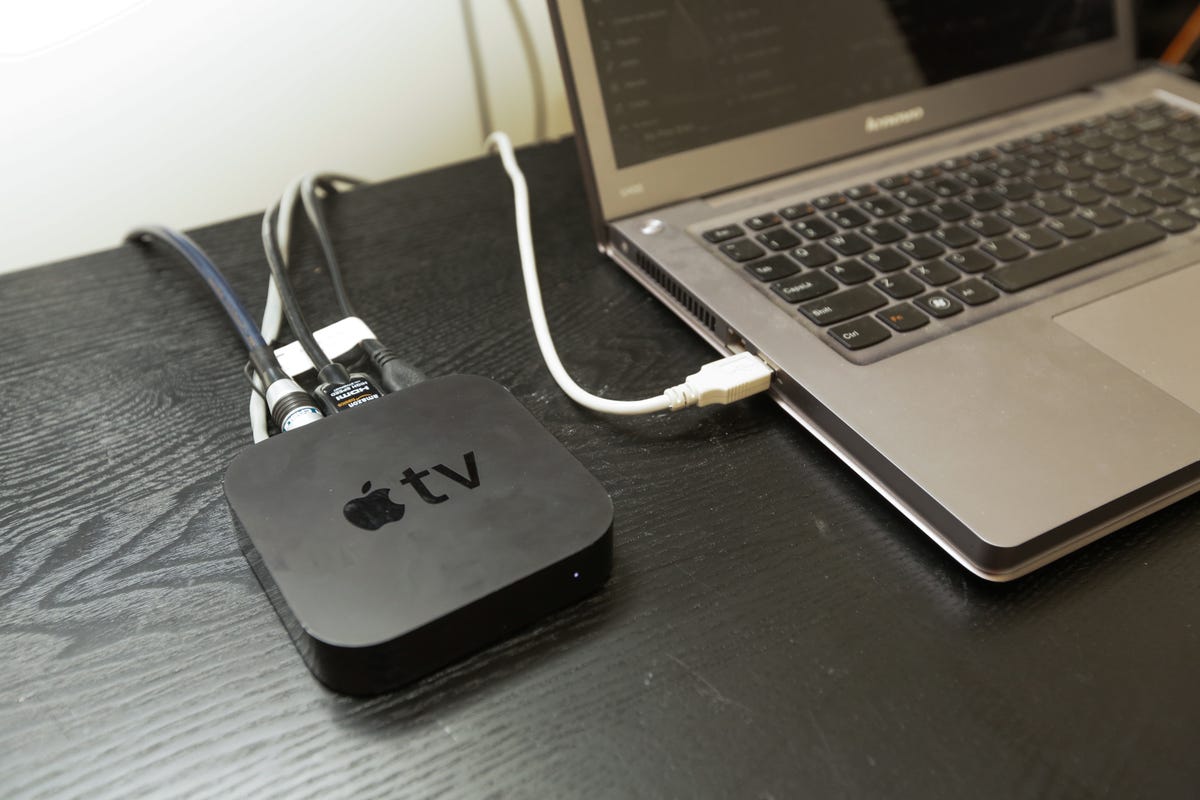

Sarah Tew/CNET
If there’s one thing that can readily expose the failings of compressed, lossy audio formats, it’s distorted guitars and cymbals. “Monkey Wrench” by Foo Fighters has plenty of both. Playing the two services one after another, we were surprised to find the song sounded very similar on both, even when the cymbals crashed over the wide-range guitars during the chorus. Neither sounded bad, and both got our toes tapping — and our neighbors rapping in protest on the adjoining walls.
Comparing the two services with Tidal, however, the Tidal version did sound better. Where Apple and Spotify sort of smooshed the cymbals and guitars together, the lossless service was able to disentangle them for greater clarity.
Lastly, we tried some vocal-led music. The Spotify version of “The Singer Addresses His Audience” by The Decemberists offered a little more detail — it seemed as though the hall around the singer was larger — and a little more up-front presence than Apple Music could muster. Both sounded good, however, and if you heard only one or the other you wouldn’t get the impression you were missing anything unless you compared it with a lossless version like Tidal’s (which again sounded incrementally better).
Conclusion
Overall Spotify sounded slightly better in this test than the Apple Music service, but as usual that result comes with caveats.
The biggest is that both sounded very similar on our excellent system in a controlled environment; we really had to strain in some instances to hear any difference. Another is that we only listened to a select number of tracks across different genres we were familiar with. It’s entirely possible there are tracks that sound better on Apple Music than Spotify.
Are the subtle differences we heard between the two services enough to recommend one over the other? Not really. We would say that the size of the catalog, the price of membership and general ease of use will be much more important in the long run than sound quality. If you prioritize sound quality above all else, there are lots of better options available to you: vinyl, lossless streaming from Tidal or other sources, or any number of high-quality digital sources like high-resolution audio or even — gasp — actual CDs.




